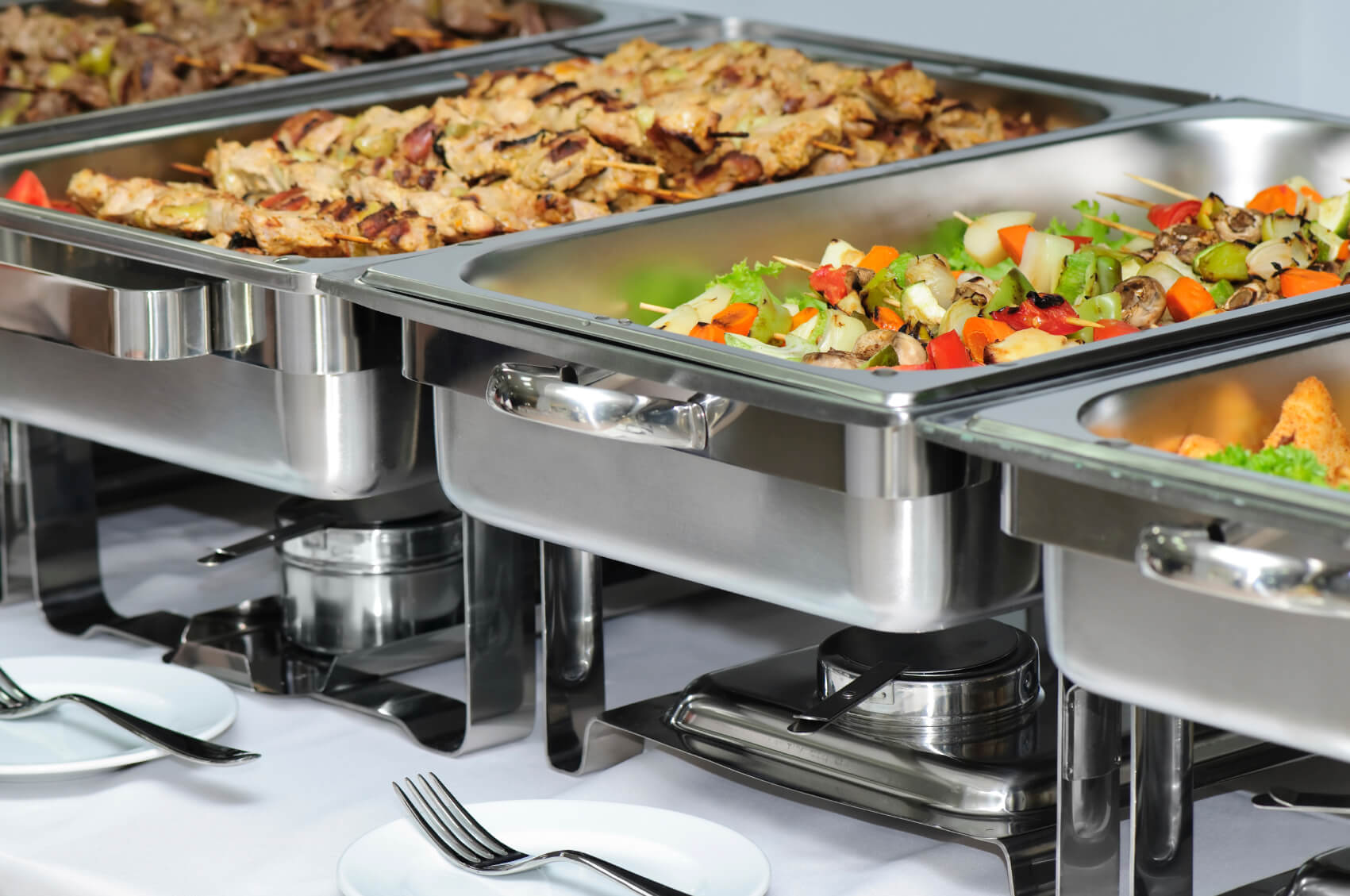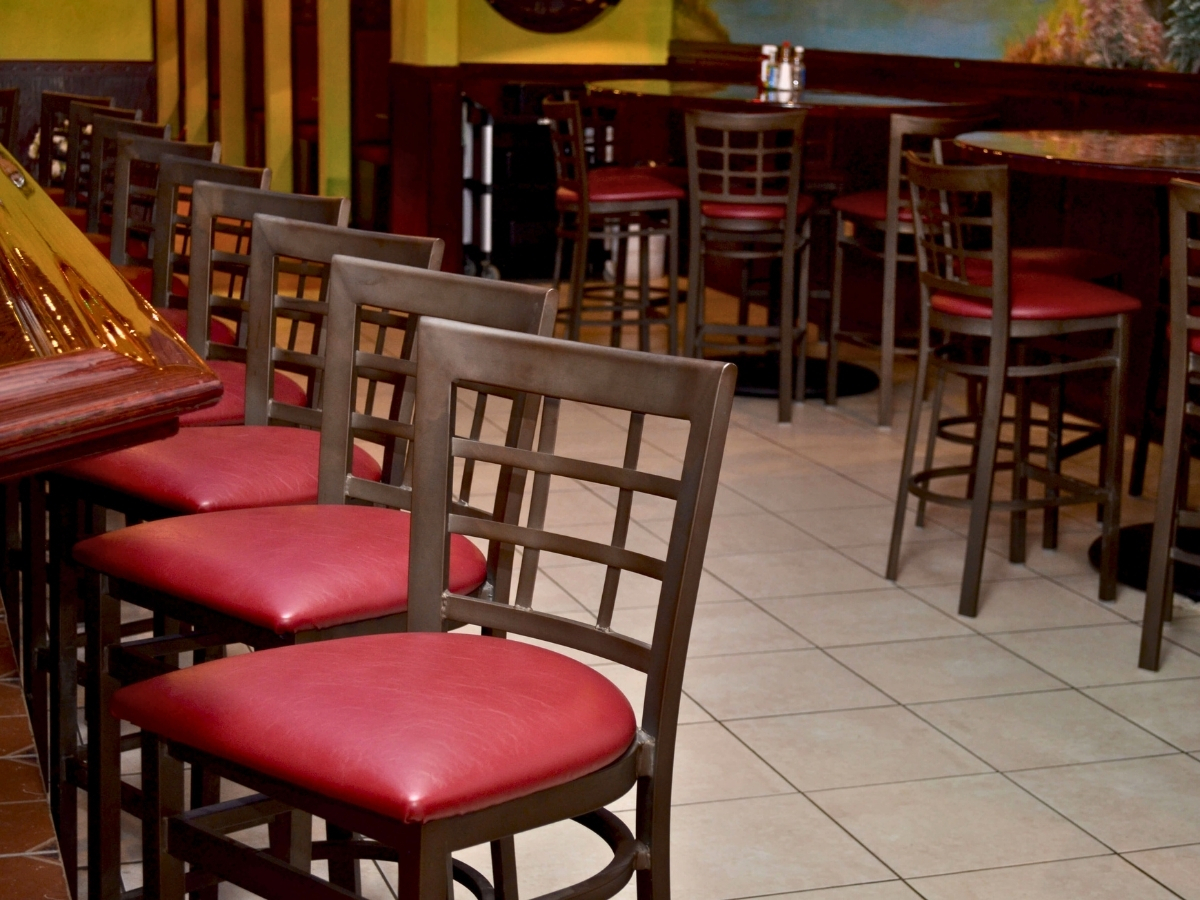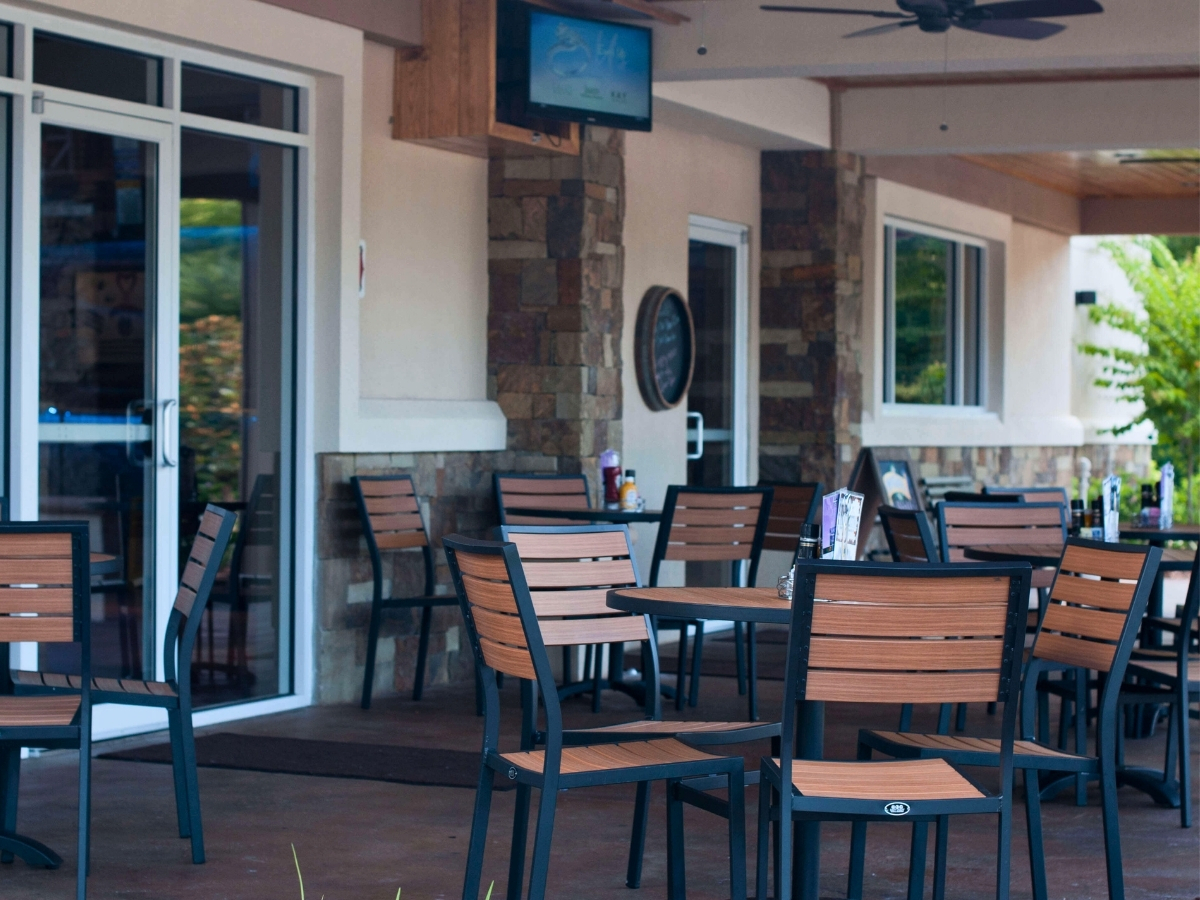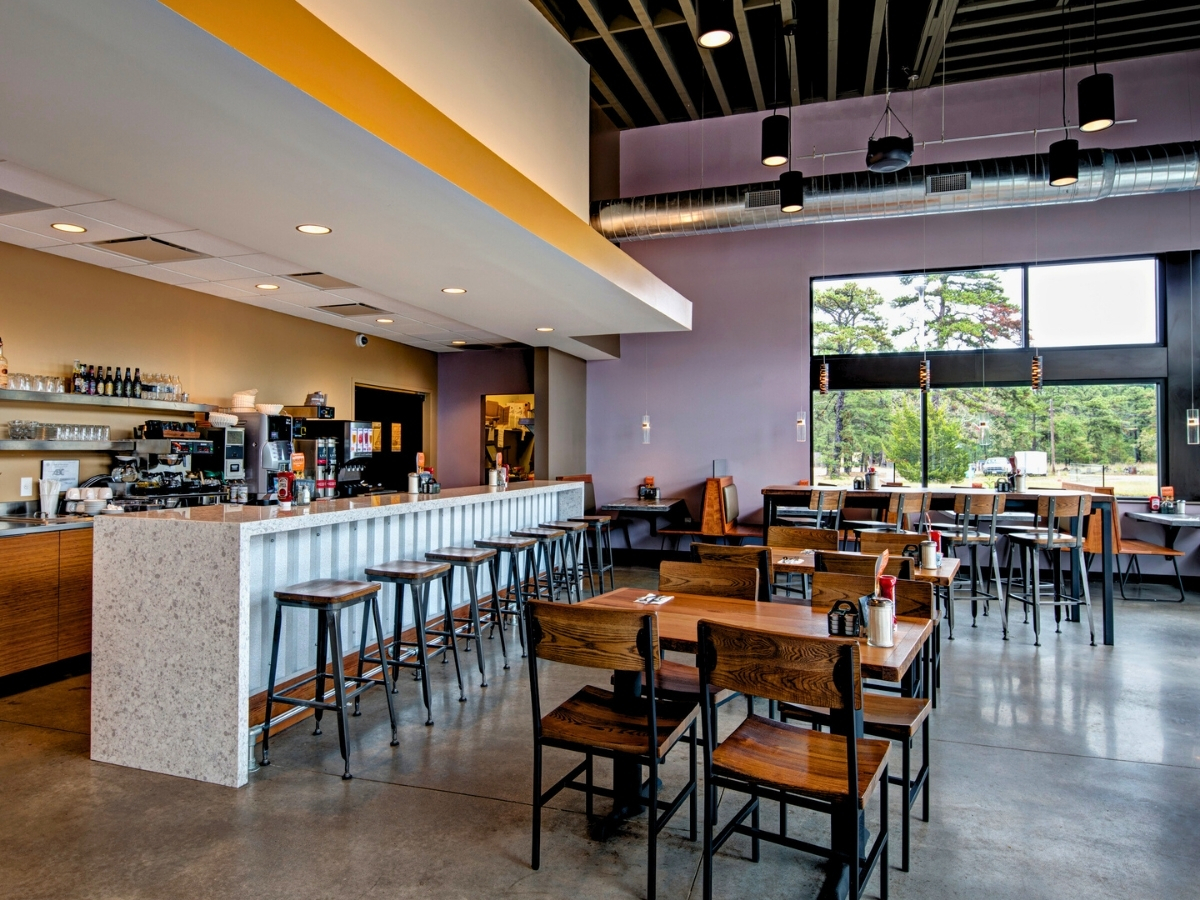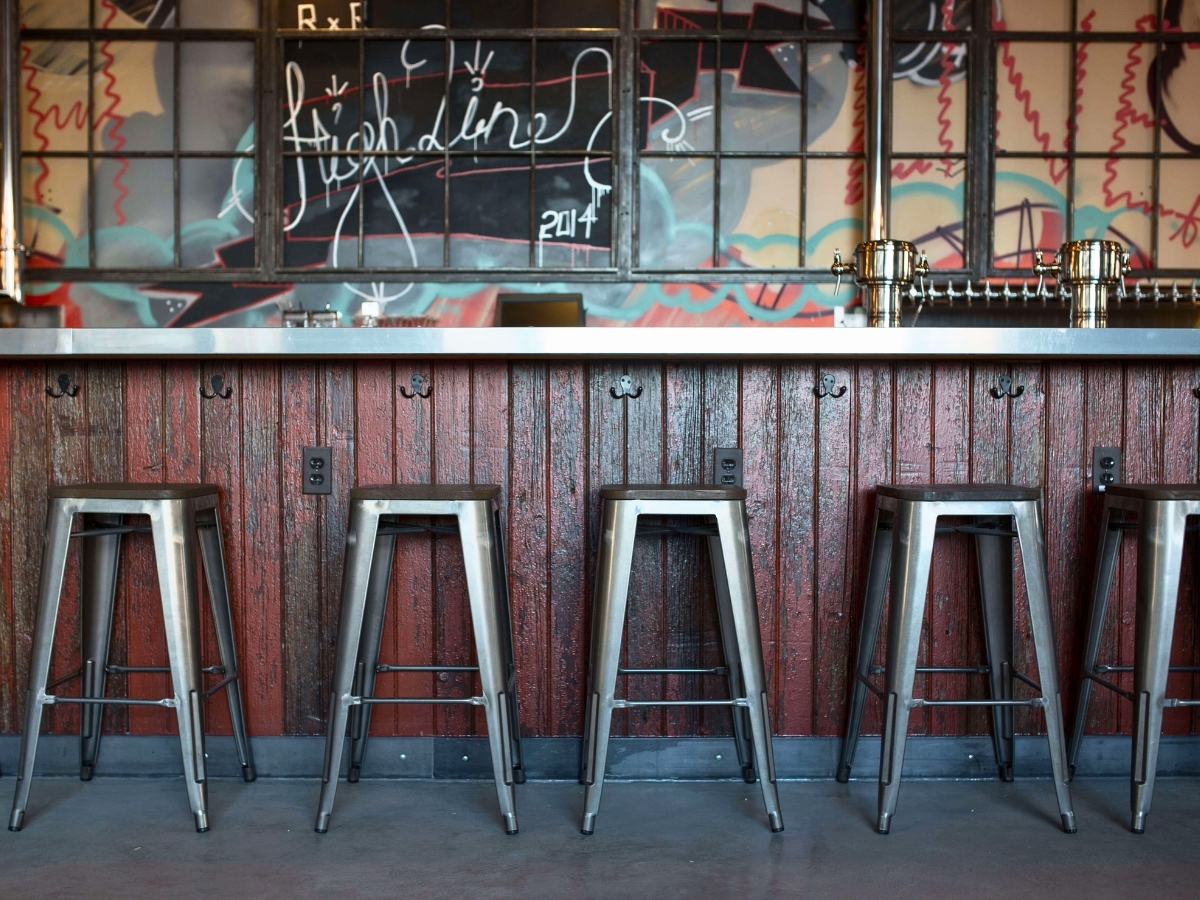One of the most common ways that restaurants increase their profits is by introducing catering to their overall business strategy. When people try and gush over your food at a catered event, they’ll be more likely to come to your restaurant for a meal, and your lines of business will benefit from one another. You already have a location, kitchen, menu, staff, and customers, so adding a catering business can be a positive change for your bottom line. Be sure to follow these tips if you’re considering this kind of venture:
Determine your level of service. Positioning yourself as a full-service caterer or as a pick-up caterer will establish the kind of business that you want to promote. Many wedding caterers distinguish themselves from similar businesses by setting up and decorating guests’ tables, providing waiters and bar tenders, and cleaning up after the event. Find out what other caterers provide to their clients, review their pricing, and then use that information to determine if your catering business fills a definite need in your area.
Location, location. Do you want to be an off-site only caterer, or would you like to also have an on-site area for guests? If your restaurant already has a banquet room or if you can set aside some space for a dedicated room, consider on-site catering. Bringing in groups of people who will be dining on a pre-determined menu not only gives you the opportunity to dazzle more people, but allows you to streamline your menu items and use certain ingredients for both your catering and restaurant menus.
Create a catering menu. While drawing from the same ideas that are on your regular menu, your catering menu will likely not be identically the same as the one you use in your restaurant.
- First, think about the kind of catering business that you would like to have. Do you see yourself as a gourmet wedding caterer? Do you plan on serving sandwiches at corporate events? Is your niche more along the lines of home-cooked picnic food? Think about what image you want to project.
- Next, begin creating menu items that are similar to your restaurant meals. If you’re known for locally-sourced food, especially during the summer time, then you may be thinking of catering items that showcase fruits, vegetables, and starches or protein from your area. If you’re a coastal restaurant, that could mean a seafood-based catering menu with fresh-caught specialties.
- Finally, don’t forget your signature menu items. If your restaurant has a tried-and-true favorite, be sure to offer your best sellers on your catering menu, too.
Allocate resources to maximize profits. Make sure that you review the food that you are buying for your restaurant and how that can be used for your catering, too. As we said above, your catering menu is likely to have the same flavor as your in-restaurant menu. But, you will also have to think of how much longer it will take to make large quantities of food and the additional staff you’ll need to cook and deliver the order, plus additional transportation costs if it’s required for your style of catering.
A catering business is a wonderful way to advertise your restaurant, and your restaurant is the perfect vehicle for promoting your catering. The two work hand-in-hand to increase your customer base and encourage loyalty to your business. Devise a business model that makes sense for your restaurant and let everyone know that you’re there to cater their next event!

